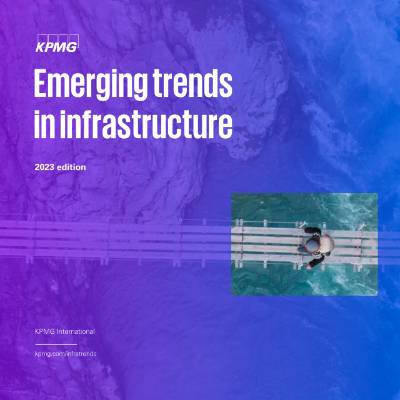Nobody denies that digital transformation can deliver massive potential benefits for infrastructure owners, operators and users. The use cases are manifold. The value is quantifiable. The capabilities are plentiful. So why is it taking so long for infrastructure to actually embrace digital?
Part of the challenge is that brownfield infrastructure is notoriously difficult to digitize. And the business case doesn't always stack up. Data quality is often a challenge. Many older assets also struggle with investment timelines, resource commitments and legacy system integration. They also need to be able to quantify the potential benefits which can include better information, more efficient operational management and more effective planning.
In many cases, the ability to optimize existing assets is limited by regulatory constraints that were in place when the asset was planned and designed. However, many brownfield owners are still finding opportunities to vastly improve their asset management through the effective use of data analytics tools and the adoption of newer technologies such as smart meters, predictive maintenance systems and optimization tools.
There is no excuse on the greenfield side. Here, digital should be embedded into every aspect and phase of infrastructure development - from design and planning right the way through to operation and eventual closure. It should connect every player in the value chain and in the ecosystem together around reliable sources of data. It should drive performance, monitoring and reporting. It should be the de facto foundation stone of every physical asset.
This is clearly what many owners, operators and investors are looking for. Those responsible for driving long-term efficiency and performance from infrastructure assets want to use AI to enhance decision-making, IoT to enable predictive maintenance, and digital dashboards to drive monitoring and reporting. But that requires data to be flowing across the asset lifecycle, between operational siloes and through every node of the value chain. And that requires designers, contractors and developers to get on board.
The big question is whether infrastructure owners, procuring authorities, investors and operators are willing to pay for it and whether they can offer the right incentives into their supply chain to encourage digital design and cooperation. The next big question is whether they will have the right skills and experience to translate their digital capabilities into actual insight and value creation.
This year, we expect to see significant pressure on contractors and developers to up their digital capabilities and integrate into the wider value chain. We also expect to see more infrastructure players work to overlay data with experience - applying human capabilities to drive real value from data. Yet progress will likely remain slower than most owners and operators hope. Finding the accelerator will be key.
Get in touch
Connect with us
- Find office locations kpmg.findOfficeLocations
- kpmg.emailUs
- Social media @ KPMG kpmg.socialMedia



